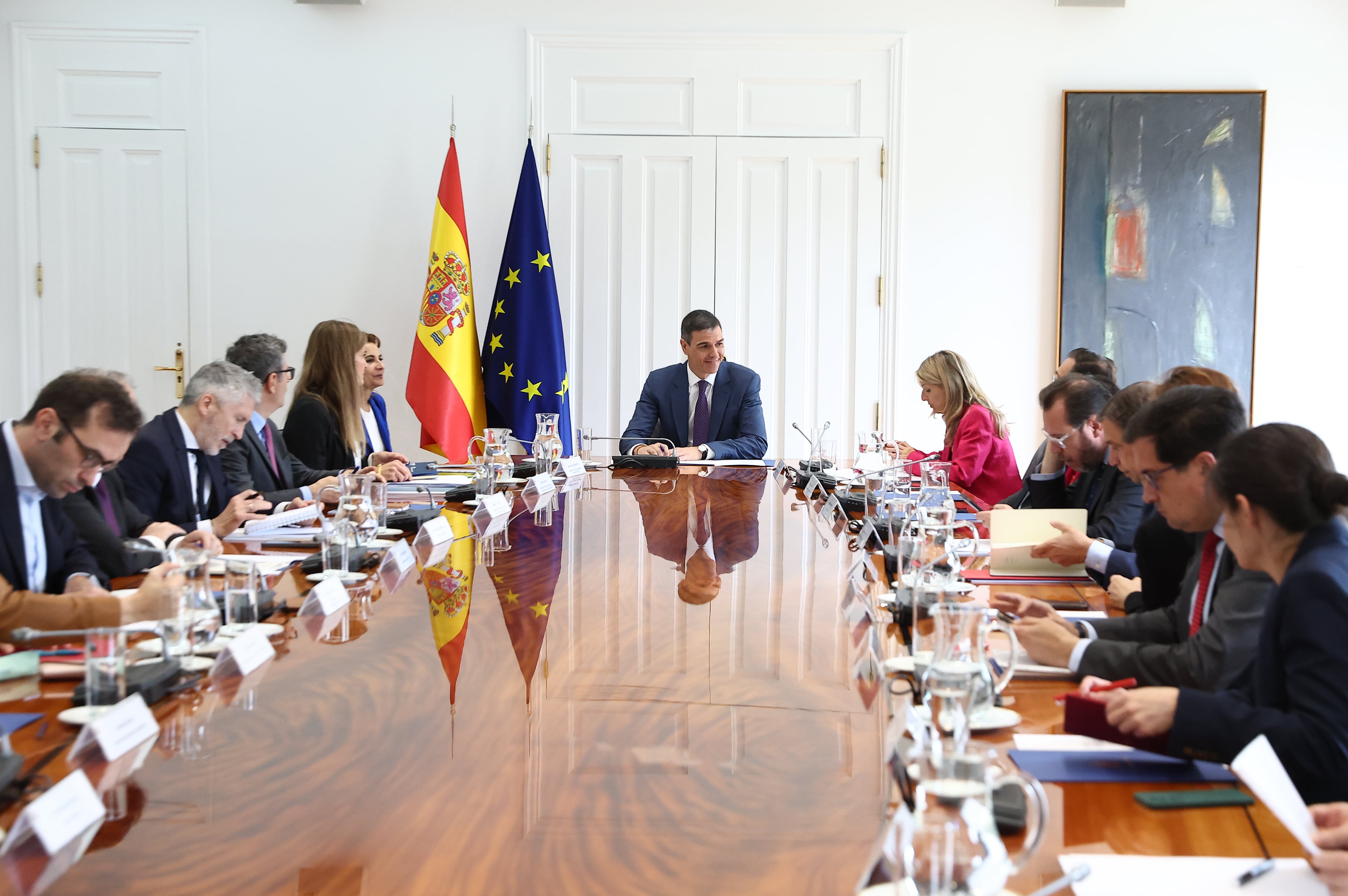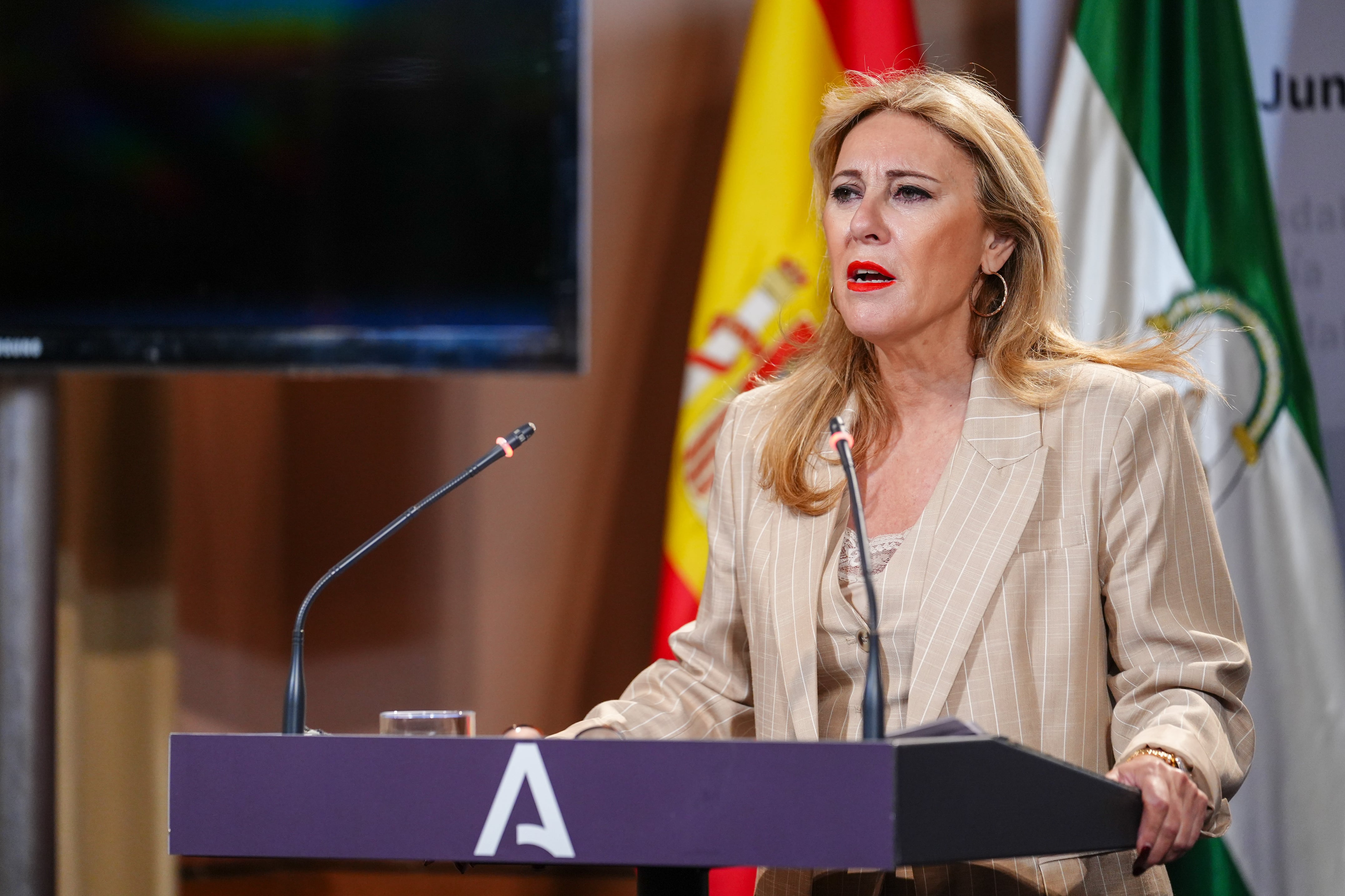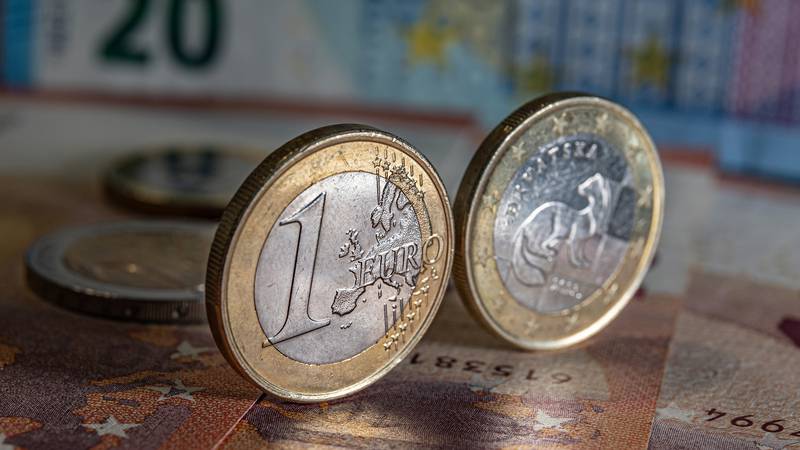The current national energy security strategy is already ten years old and has become obsolete | Spain

Spain has faced the greatest energy crisis in its history with a national energy security strategy that is already ten years old and is obsolete. Given the need to renew it, the National Security Council On October 6, 2020 approved the procedure to elaborate a new but, although a draft was written, it was never approved, so that of 2015 is still in force, according to sources that were involved in the process.
There are several factors that explain this delay. First were the emergencies derived from the Covid-19 pandemic. Then, the decision to anticipate the new national security strategy, the generic document from which sector strategies derive. The logical thing was that the new national energy strategy adapted to the strategic framework designed by the Government of Pedro Sánchez, since the current one was approved in 2015 with Mariano Rajoy as president. There is the circumstance that it refers to the 2013 National Security Strategy although, later, those of 2017 and 2021 were approved.
The national security strategy of December 2021of a general nature, includes « energy vulnerability » among the risks to the safety of Spaniards, but only mentions « vulnerability factor » the dependence of hydrocarbons and, as « systemic risk at the global level », climate change. In conclusion, he emphasizes: « The new energy paradigm forces a review of the 2015 National Energy Security Strategy. » It was the second time that an official document published in the BOE included this mandate.
But it has not been fulfilled in the three years and four months since then. The invasion of Ukraine, in February 2022, again diverted the focus of security concerns, despite the fact that the use of gas supply as a pressure weapon against the West by the Russian president, Vladimir Putin, showed that it was an extremely sensitive and urgent matter.
The 2015 National Energy Security Strategy, still in force, includes among the risks « insufficient update and inappropriate investments in energy infrastructure » and warns that « its maintenance and update » are necessary for the development of the interconnections of the Iberian Peninsula network with that of the other EU countries, which it considers insufficient. In addition, he warns that « serious industrial accidents » in energy infrastructure, due to technical failures or human errors, can compromise national energy security.
It also shows concern about the possibility of cyber attacks, since « the energy infrastructure has a fundamental support in information and communications systems for their daily operation and are vulnerable to cyber attacks that can cause the loss of control over these systems or the emission of erroneous messages in the operation that, in turn, can cause faults or technical accidents. »
As measures to face these risks, it recommended “design protocols for crisis management and the mobilization of human and material resources; develop public-private collaboration in the protection of energy infrastructure; develop contingency plans; and favor the approach of generation (of energy) and the consumption that avoids the risk associated with transport”.
To deal with the risk of cyber attacks, The strategy advocates to develop contingency plans that improve the resilience of information and communication systems used by the energy sector, to guarantee the continuity of the supply; protect sensitive information on energy infrastructure; Promote cooperation between the energy industry and cybersecurity services to jointly improve the abilities of detection, prevention, response and recovery; Improve incident communication channels to guarantee or restore supply; Promote the exchange of information and intelligence on vulnerabilities and cyber threats; ensure the implementation of the regulations on critical infrastructure protection; and protect energy infrastructure from the perspective of integral security.
It is, for the most part, preventive measures that are not used to manage the crisis once it has already been triggered. Therefore, the crisis cabinet appealed on Monday to the call Preparation plan against electricity crises in Spain, To declare the « energy crisis » and take some measures, such as the mobilization of the strategic gas reserves. The document contains a scale of electricity crisis, which can range from insignificant, the lowest, disastrous, the most acute. The crisis is classified in the minimum threshold when the AES indicator (energy not supplied) is less than 0.002% of Spain’s annual demand in megawatts time; and in the maximum, when the Ens is equal to or greater than 0.25%. In turn, the crisis will be less serious if this situation lasts less than three hours and very serious if 168 hours (one week) or more. The affected population or the number of vulnerable households without electricity supply are also taken into account.
However, this plan, according to experts, focuses on the management that the Ministry of Ecological Transition and the Demographic Challenge can be carried out, in collaboration with Red Electric, to recover the supply and investigate the causes of an unprecedented blackout that left Spain and Portugal without light, but Just addresses its social and economic consequences: From the suspension of rail transport, with thousands of people trapped in trains, to the need to guarantee the supply of essential hospitals and services or the potential increase in crime taking advantage of the lack of lighting or alarm devices connected to the electricity network. All these aspects had to be addressed in the new national energy security strategy, still pending.







